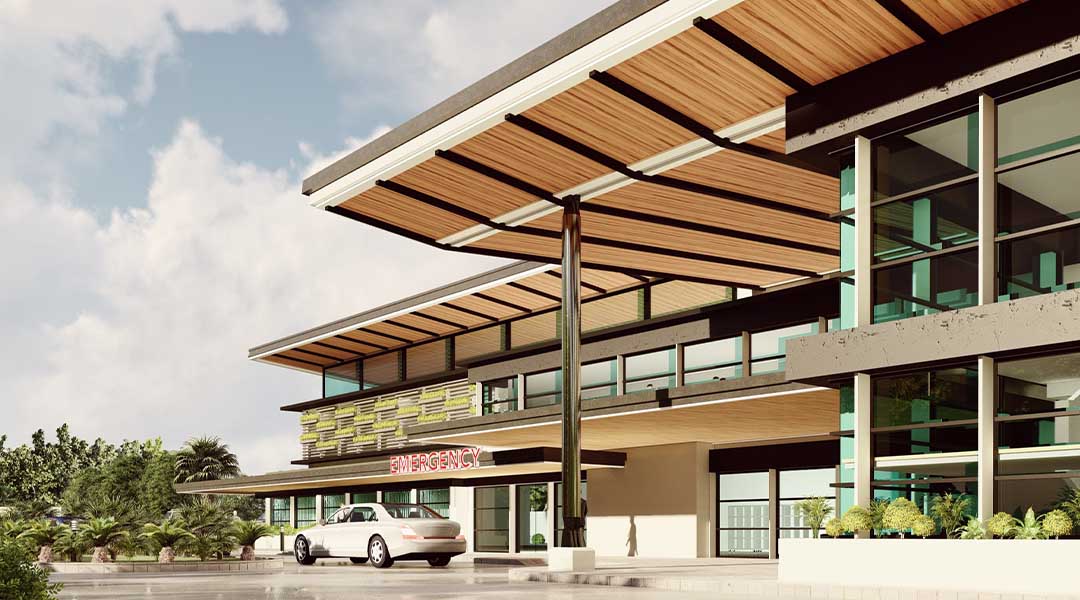
Healthcare design will need you to understand architecture and engineering to produce effective interiors, says Pauline Cuevas-Bato
The usual picture that one would paint upon hearing the words “interior design” is an elegant living space with luxury furniture and fancy chandeliers. Pauline Cuevas-Bato of John Ryan Santos + Partners’ picture is entirely different. To her, the image is always composed of white linens and walls, sanitation stations, and healthcare equipment. When I asked her how she got into her present career, she bravely confesses that this was never her plan. “I thought interior design was such a glamorous career, as seen from Hollywood movies–choosing furniture, fabrics, and furnishings. I was not prepared for the technical aspect.” She narrated that it was in 2013 when she asked architect John Ryan Santos if he would need interior design works for the hospitals he was working on. “I knew that he’! was designing hospitals then and I just took my chance of asking if he would need an interior designer.“ Seven years later, here she is, an healthcare interior designer who, according to her, alternately puts on both high-heels and boots to get her job done.
YOU MIGHT LIKE: Balancing creativity and technicality: John Ryan Santos on the intricacies of hospital architecture
Discovering design
“I think I was in high school when I knew I wanted to get into design,” Pauline Cuevas-Bato recalled. She studied at the University of the Philippines-Diliman, where she found the early design subjects as the most beneficial. “We were given the basics of how to get started in any design project. And that ironically is the hardest part—getting started. In UP, we were not spoon-fed with all the data needed. We were usually given a lecture, a design problem, and a deadline,” she narrates. “We would have to go to the main library and spend hours researching for a particular project. This training actually gave me a built-in research mode before getting started in the project.” Pauline Cuevas-Bato underscores that in hospital design, research always comes before the visual concepts.

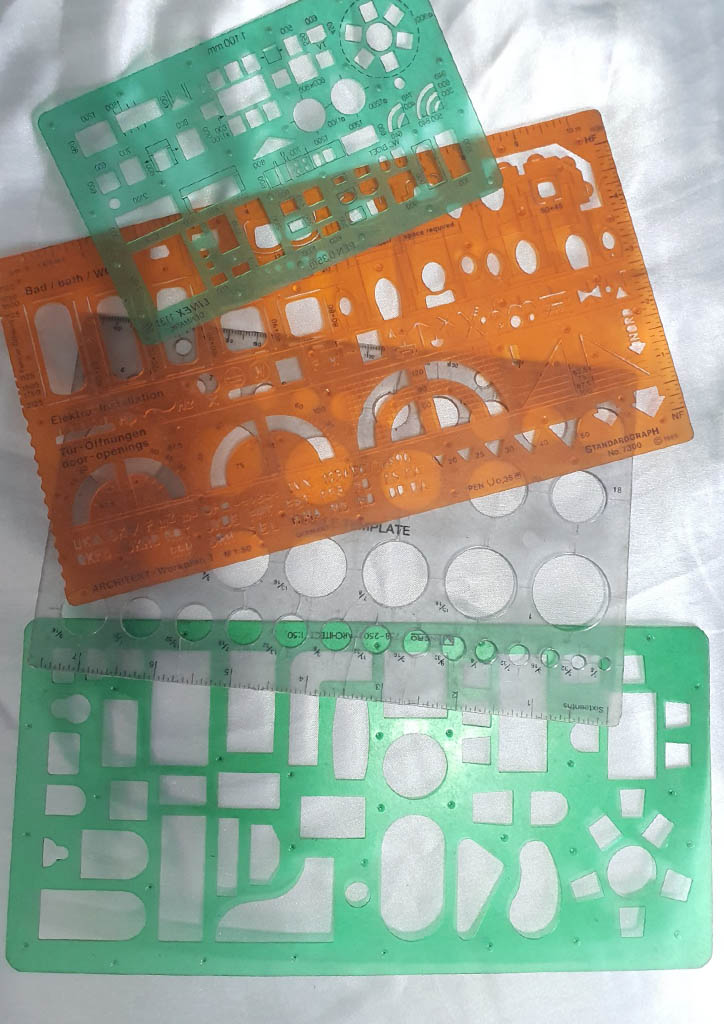
Apart from research, Pauline Cuevas-Bato mentions that one of the subjects that benefited her most during college is their professional practice course. She says that this assisted her most in terms of mastering codes and compliances, which are vital in the architecture, construction, and design industries. “Honestly, I did not give it much attention then, but in practice, we deal with this on a daily basis.” She states that in hospital design, melding the technical and the aesthetics in a space means that the visuals should support the technical aspects.
READ MORE: LOOK: Architects design a layout for a COVID-19 Central Referral Complex
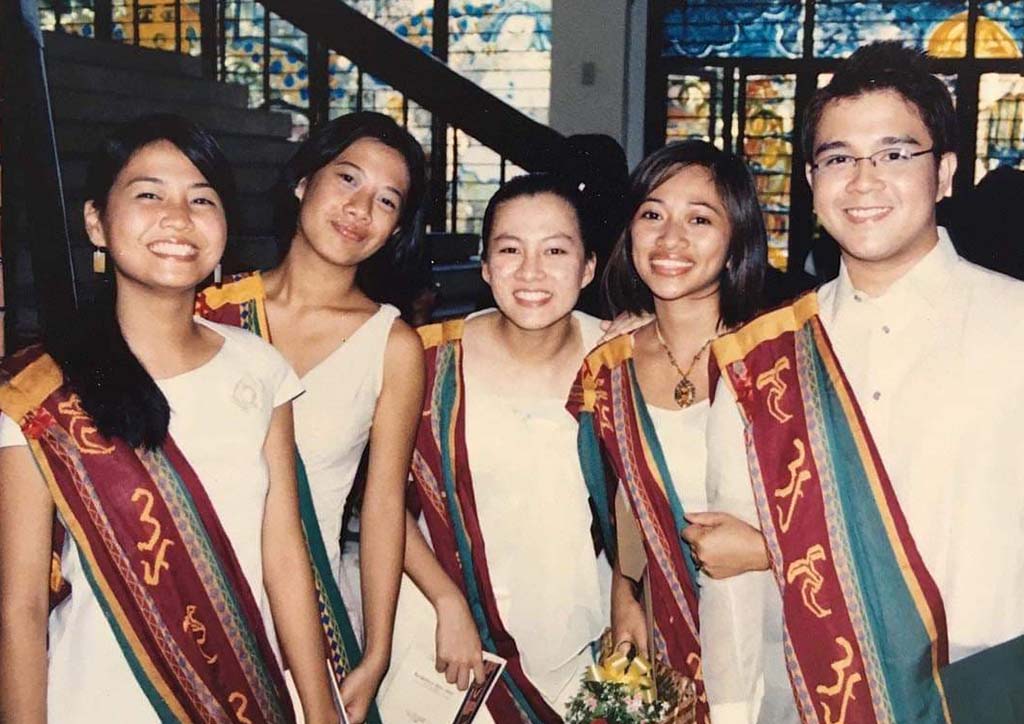
On design education
Besides sharing her own educational experience, Cuevas-Bato also talks about how she strives to influence aspiring interior designers. “I was actually an instructor to different universities before Ar. JR and I formed our firm. We were also both instructors for a board review center for years,” she says. “I sometimes miss teaching, especially the freshmen students, because this is the stage where I can instill how they will look at interior design.”
John Ryan Santos + Partners have designed programs to guide fresh graduates and apprentices in their firm. “We have lectures in the office and field trips. We actually guide them to participate in design projects and not just as part of the production,” Cuevas-Bato shares. She construed that they make it a point that the first day at the office is the first day of practice. “Our first apprentices are actually licensed now. And they have, in turn, become mentors as well to the new ones in our firm.” JRS+Partners also started an education arm called Professional Integration Course (PIC). The program enables them to hold lecture series that aims to give a primer to aspiring healthcare architects and interior designers.
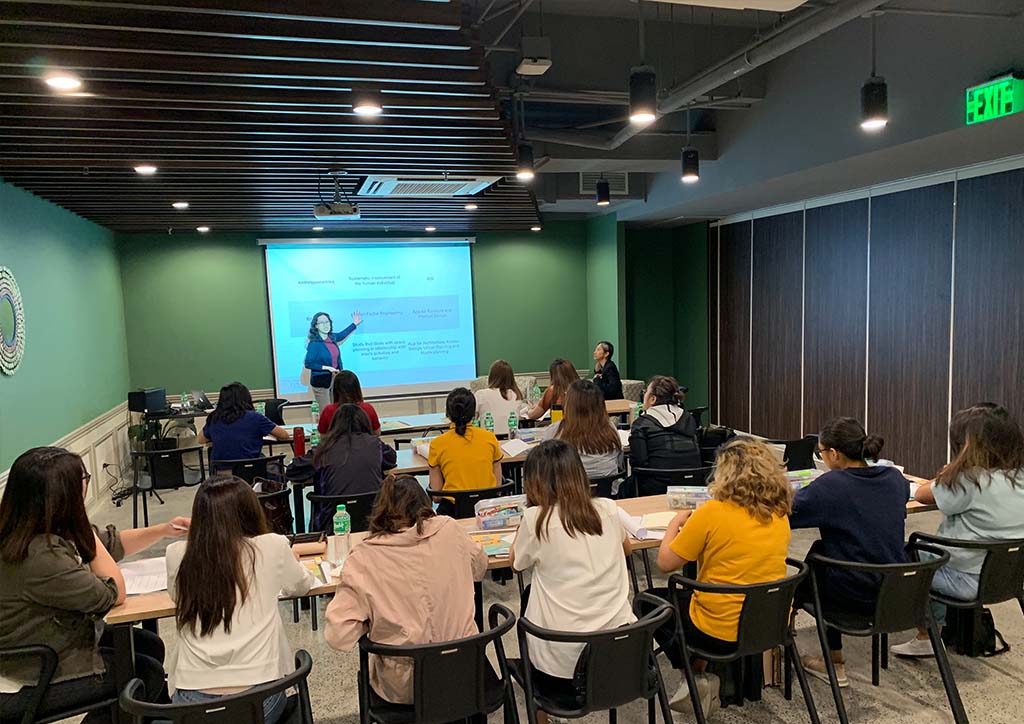
Having the experience of being a college instructor, Cuevas-Bato also shed light on the way architecture and design are taught here in the Philippines. She starts by saying that the professors and instructors should be given enough technical support to develop their course materials. “It is very difficult to prepare lectures while also shifting them to online platforms. I feel that universities should consider having a production team for online lectures so the professors and instructors can focus on the content instead,” she suggests.
In terms of the curriculum, the interior designer cited how other countries usually integrate specialization towards the third and fourth years. “Students are asked to choose a direction whether to go residential or commercial in their 3rd or 4th year in college. The subjects they will take in the succeeding years will be appropriated to the specialization they choose. This is something that our universities can look into. It would require a whole system change but it will be most beneficial to the students.” She adds that code compliances and material specifications are best to be emphasized, along with programming. “Planning for spaces that are adaptive to social and health needs should be included in design considerations,” Cuevas-Bato states. “For programming, I think that this should be taught as per the design paradigm and not just an optional step, especially now that there is a health issue that affects how we design spaces. Most errors in the design are usually because of a lack of programming. Proper programming leads to a high-quality design solution.”
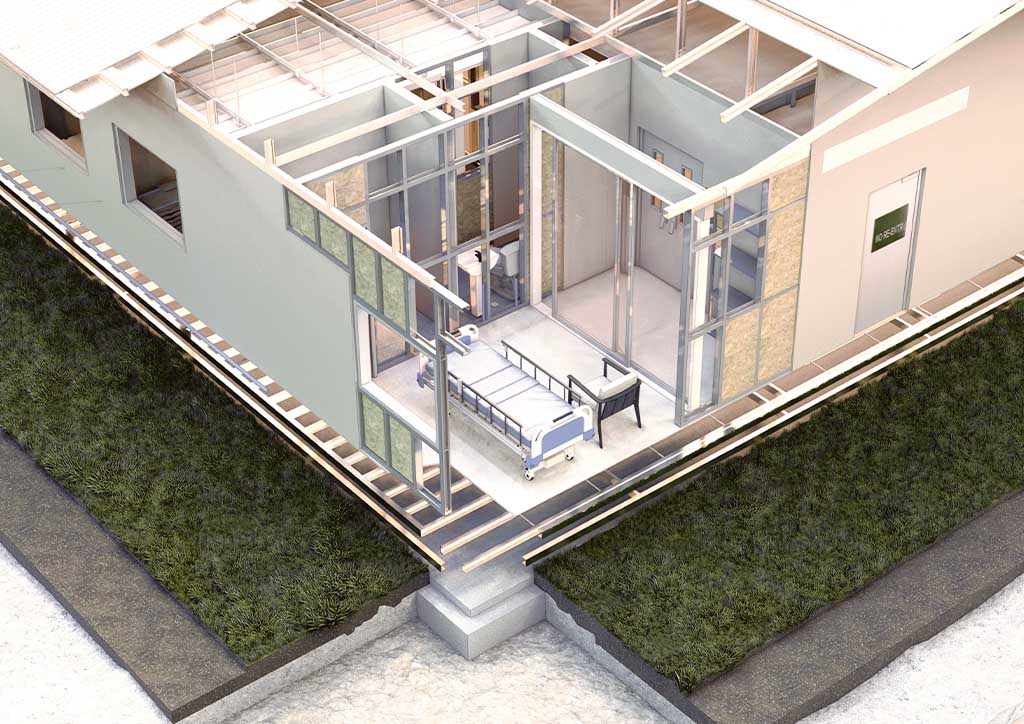
YOU MIGHT LIKE: John Ryan Santos + Partners proposes COVID-19 isolation facilities buildable within two weeks
Discussing design education in the context of the current pandemic, Cuevas-Bato talks about changes that this pandemic may bring. “To me, this is a major concern because, in school, we are taught how to build spaces that bring people together. Now, we are cramming to build spaces that bring people apart.” She reminds that as much as people are evaluating how to design spaces during and after the pandemic, it is also important to talk about the design fundamentals that will carry on. “I noticed that almost all webinars, online talks and lectures focus on what will be the changes in this new normal. And that is necessary. However, not everything is going to change in architecture and design. The fundamentals will remain the same. And that is equally as important,” she emphasizes. “While we are rewriting the design guidebook for students, we should also make sure that what remains the same in the guidebook be taught and given equal importance.” Cuevas-Bato adds that healthcare design is always evolving. She cited that one very significant example is how the COVID 19 pandemic has changed how well-designed hospitals are being recognized. “The pandemic has also brought about many emerging trends that affect planning decisions in hospital design,” she states, explaining that these new considerations may be additions to standard operating procedures for future hospital designs.
Hospital design
There are many things that Pauline Cuevas-Bato can say when it comes to healthcare design. Her message to aspiring healthcare interior designers is simple, “leave the notion that interior design is all about jazz.” She explains that in healthcare design, it is how architecture, engineering, and interior design creates a space that allows for support of life. “‘Di puwedeng ganda lang!” she jest, but mightily definitive.
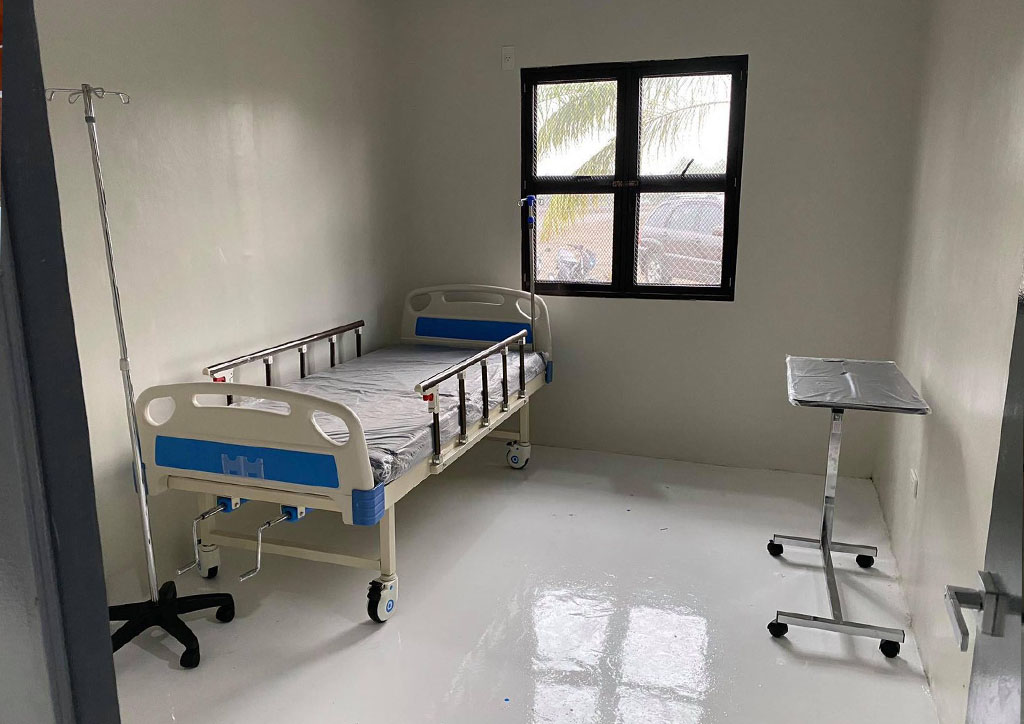
Cuevas-Bato said that efficient and beautiful healthcare spaces are made once a designer gets over the “profession-centric” thinking and sees the project as collaborative. “Healthcare design will need you to understand architecture and engineering to be able to excellently produce effective interiors. So, my tip is to get over the fact that your part will only be on the floor, wall, and ceiling finishes only,” she exclaimed. “To be able to get to this part, you will have to devote man-hours learning how each trade will affect your designs. Be prepared to get down and dirty at the project site, literally and figuratively.” She also underlined the importance of considering all users and their requirements, noting that in hospital design, there are many different types of users and all these users require various aspects in the space.
READ MORE: Polomolok completes pioneer build of COVID-19 isolation unit by John Ryan Santos + Partners
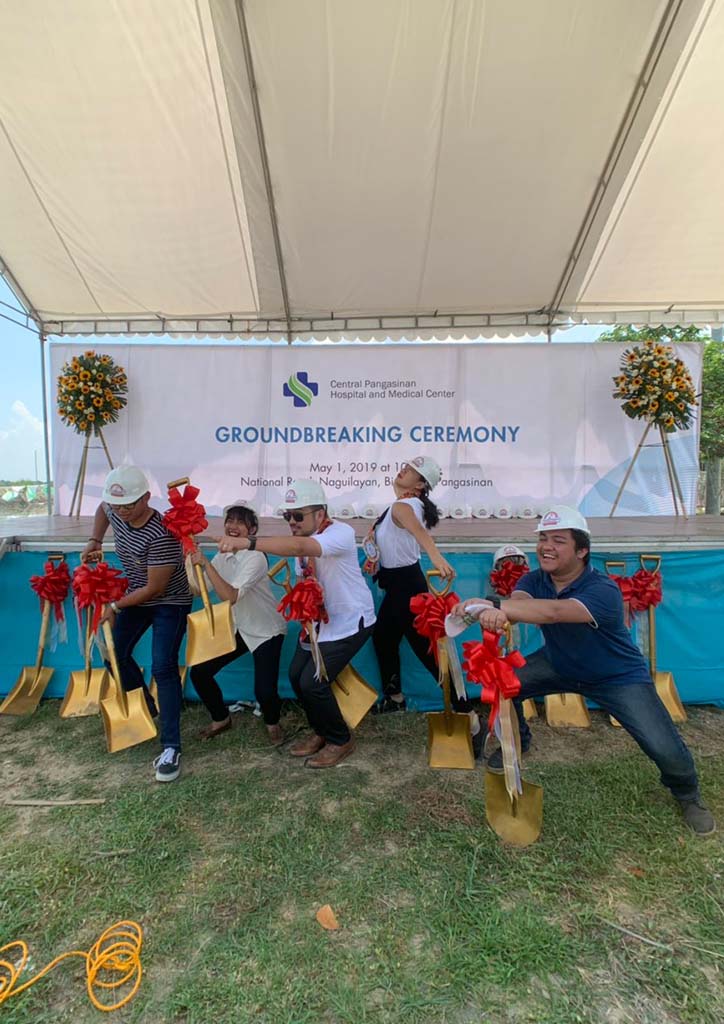
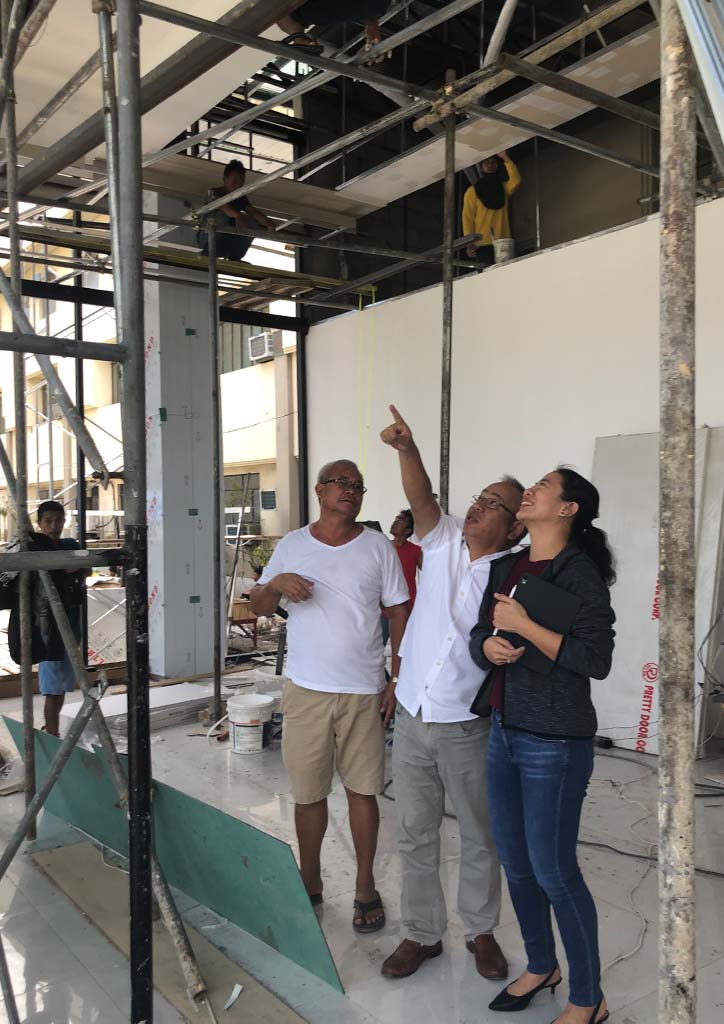
One of the many things that Cuevas-Bato learned from healthcare design is to actually program her design process. “There are several ways of going about the design process in different spaces. Concentrating on healthcare design, I was able to see which design process works best. This makes it systematic, where all aspects are considered.” The interior designer said that one of the advantages of sticking to a design specialization is that you get to know it inside and out, meaning that you can design it with the vision of how it will operate. “It takes about three or more years before you see a finished hospital or healthcare facility. So as you are designing, you have to keep in mind that you are not only specifying finishes and spaces for the hospital, but you are actually contributing to how they will be operating their institution three years from now,” she explained. “It is always challenging, and amazing to design spaces that will still be relevant years after blueprints are signed and sealed.”
YOU MIGHT LIKE: Why JRS + Partners’ hospital network is an ideal model for pandemics such as COVID-19
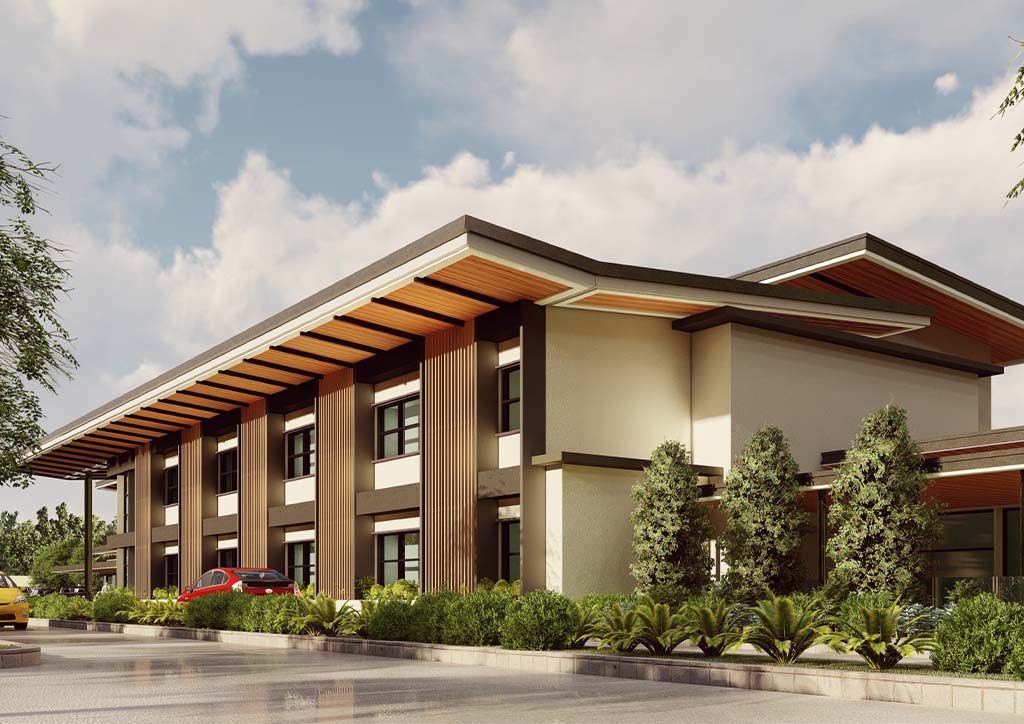
From the common glitz and glamour that most people perceive, interior design has become so much more to Pauline Cuevas-Bato. She then recalled the time when she reached out to her now career partner, John Ryan Santos. “During that time, I was mostly doing freelance office renovation projects. The year after, we would be pitching a redevelopment plan for a big hospital. Although we were not able to get that project, other hospital projects came.” She never expected that years from then, she would be the principal interior designer for a highly-commended hospital architecture and design firm. “Now, here we are. I completely left my freelance stint, and I don’t regret it one bit.”


